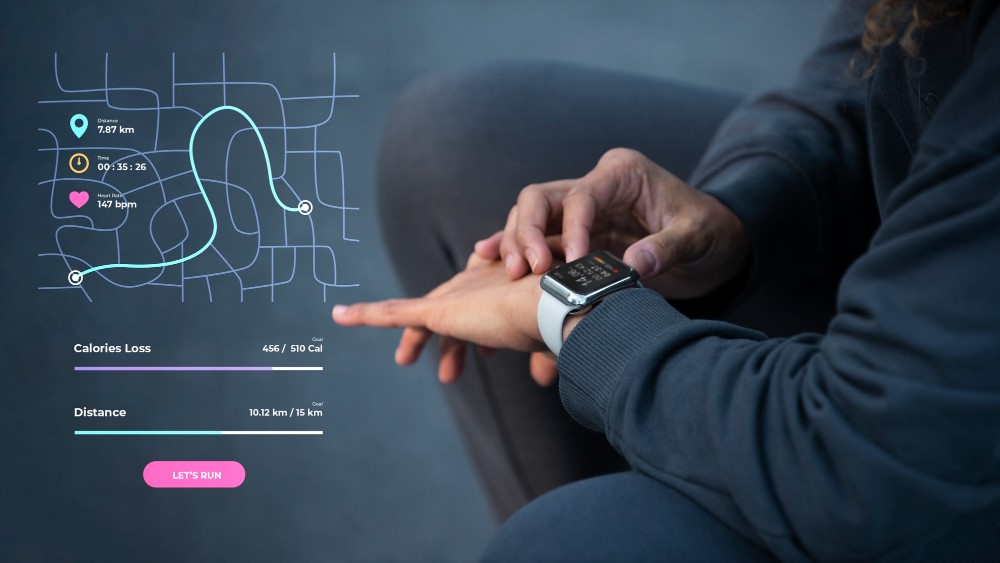Wearable technology has come a long way from the basic fitness trackers of the past. In 2024, this sector is poised for significant advancements, offering new functionalities and enhanced health monitoring capabilities that promise to revolutionize how we interact with technology and manage our health.
Advanced Health Monitoring
One of the most exciting developments in wearable technology is the advancement in health monitoring. Devices like smartwatches and fitness trackers are becoming increasingly sophisticated, capable of monitoring vital signs such as heart rate, blood oxygen levels, and even detecting irregular heart rhythms. In 2024, expect to see wearables with improved sensors and AI algorithms that provide more accurate health insights and early detection of potential health issues.
Integration with AI and Machine Learning
AI and machine learning are playing a crucial role in the evolution of wearable technology. These technologies enable wearables to provide personalized insights and recommendations based on the user’s data. For example, AI can analyze sleep patterns and suggest ways to improve sleep quality, or monitor physical activity to offer customized fitness plans. The integration of AI makes wearables more than just passive trackers—they become active partners in managing health and wellness.
Augmented Reality (AR) and Virtual Reality (VR) Wearables
AR and VR technologies are expanding the capabilities of wearable devices. In 2024, we can expect to see more wearables designed for AR and VR applications, enhancing experiences in gaming, education, and professional training. AR glasses, for instance, can provide real-time information overlays, improving navigation and productivity, while VR headsets continue to advance in providing immersive experiences for entertainment and training.
Improved Battery Life and Durability
Battery life and durability have always been significant concerns for wearable technology. In 2024, advancements in battery technology and energy-efficient components are extending the battery life of wearables, making them more practical for everyday use. Additionally, new materials and designs are improving the durability of these devices, ensuring they can withstand various environmental conditions and physical activities.
Fashion and Customization
Wearable technology is also becoming more fashionable and customizable. Leading brands are collaborating with fashion designers to create stylish wearables that users are proud to wear. Customization options, such as interchangeable bands and customizable watch faces, allow users to personalize their devices to match their style and preferences.







